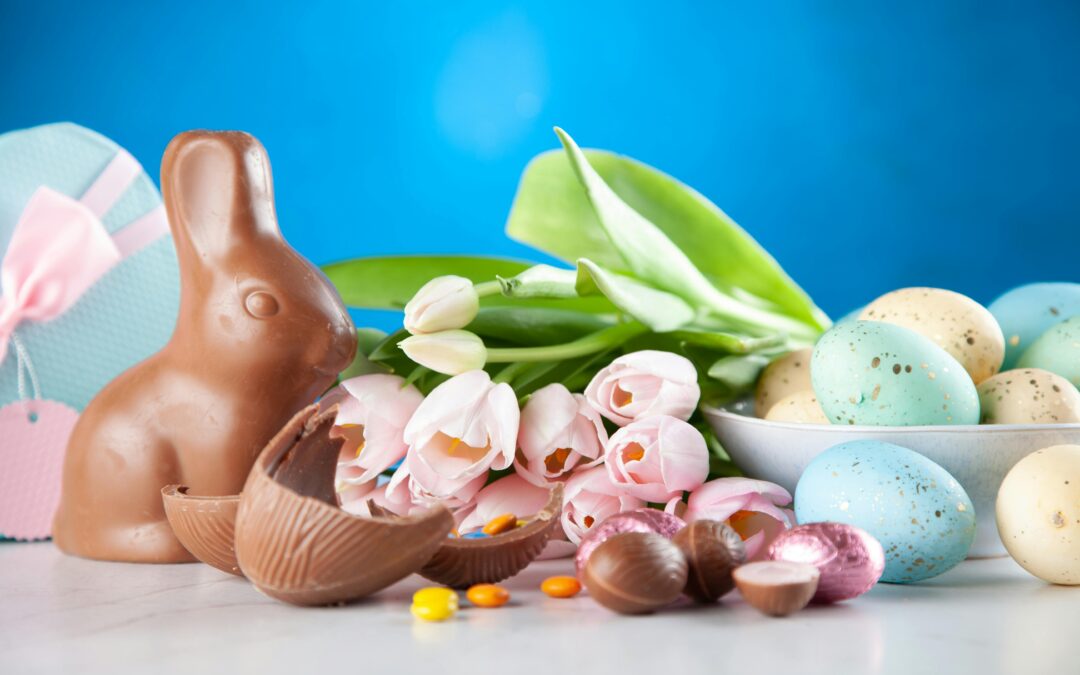Easter is a special time of the year filled with joy, renewal, and celebration. For children, it is a time of fun activities like egg hunts and decorating, but there is also deep meaning behind the symbols we associate with Easter. At Kenmore Hill Early Learning, we love sharing the rich history behind these traditions, helping young minds connect with cultural and historical significance. Let’s explore some of the most well-known Easter symbols and their meanings.
The Easter Egg
Eggs have long been a symbol of new life and rebirth. In many cultures, eggs represent the arrival of spring and the renewal of nature. In Christianity, the egg is seen as a symbol of Jesus’ resurrection, with the hard shell representing the sealed tomb and the cracking of the egg symbolising His emergence from the grave. The tradition of decorating eggs dates back centuries, with early Christians dyeing eggs red to represent the blood of Christ.
The Easter Bunny
The Easter Bunny is a beloved symbol of Easter, especially for children. Its origins trace back to German folklore, where a hare known as the “Osterhase” would lay colourful eggs as gifts for well-behaved children. Hares and rabbits have long been associated with fertility and new beginnings, making them a fitting symbol for the season of renewal.
Hot Cross Buns
Hot cross buns are a delicious Easter tradition with a deep historical connection. The cross on top of the bun represents the crucifixion of Jesus, while the spices used in the recipe symbolise those used to embalm His body. These sweet, spiced buns have been eaten for centuries as a way to mark Good Friday and the Easter celebration.
The Lamb
In Christian tradition, the lamb represents Jesus, who is often referred to as the “Lamb of God.” This symbolism originates from the Bible, where Jesus is compared to a sacrificial lamb who gave His life for humanity’s sins. Even before Christianity, lambs were commonly used in religious ceremonies and as a symbol of innocence and sacrifice.
The Easter Lily
Easter lilies are beautiful white flowers that symbolise purity, hope, and new life. According to Christian tradition, lilies were found growing in the Garden of Gethsemane after Jesus’ resurrection. Their trumpet-like shape is also said to represent the joyful announcement of Christ’s victory over death.
Teaching the Meaning of Easter to Young Learners
At Kenmore Hill Early Learning, we believe that teaching children about cultural and religious symbols in an age-appropriate way helps foster understanding and appreciation. Activities such as painting eggs, baking hot cross buns, and learning about nature’s renewal through the seasons are wonderful ways to introduce these concepts in a fun and meaningful manner.
As we celebrate Easter, let’s embrace both the joy of the season and the deeper meanings behind its symbols. From our Kenmore Hill Early Learning family to yours, we wish you a wonderful Easter filled with love, learning, and laughter!


Recent Comments